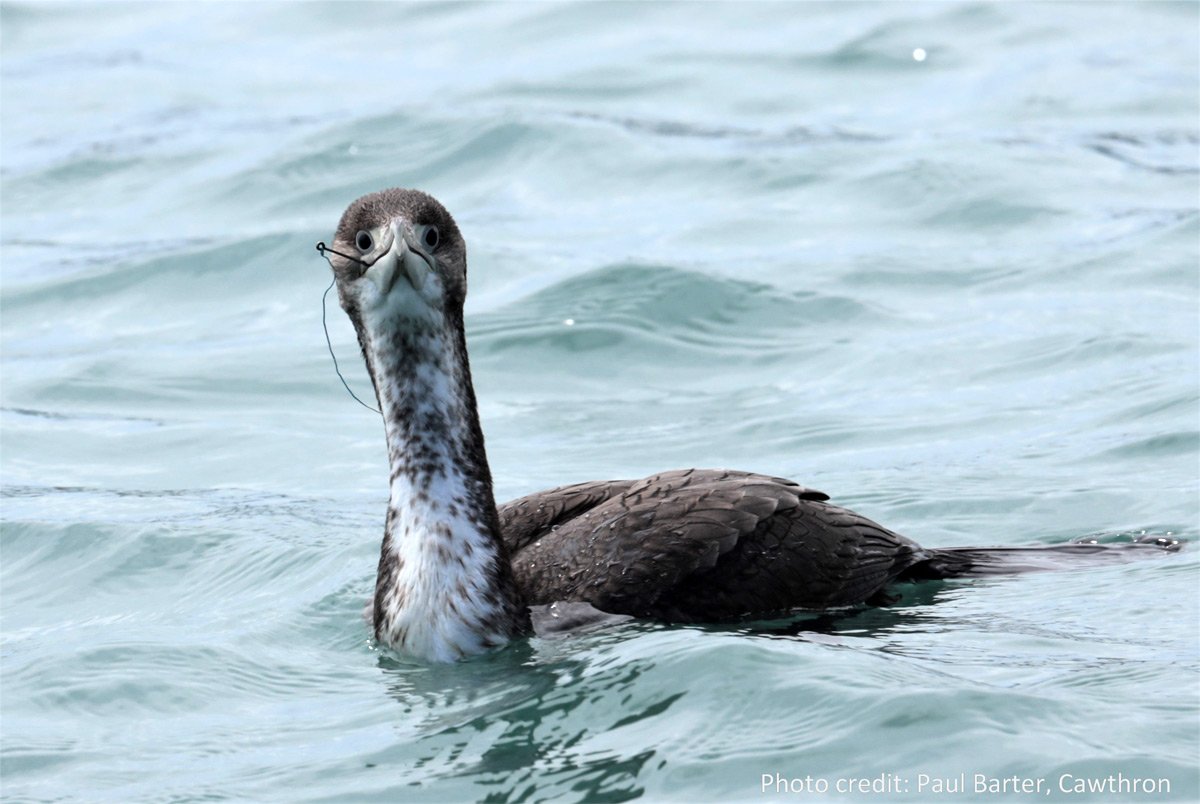We created a pipeline to collect, verify, manage and visualise data about the accidental bycatch of marine protected species by recreational fishers. This data management system is helping DOC better understand interactions between fishers and protected species and informing management decisions.
Bycatch happens in recreational fisheries
Recreational fishing is popular in New Zealand – several hundred thousand people head to the coast and ocean each year. But fishers sometimes accidentally catch seabirds, sharks, seals and other marine protected species.
DOC is working towards a national goal of zero bycatch in 2050. Finding out how and where recreational bycatch occurs and which species are most at-risk, is essential for informing conservation work to meet the goal.
We worked with DOC to build a system to manage the bycatch data and make it easier for fishers to report accidental catches or observations of bycatch.

Reporting bycatch
Bycatch in recreational fisheries can be reported to DOC in several ways – email, filling in a form or by making a phone call.
Research with fishers in 2020 identified that most were open to reporting any bycatch. DOC decided to trial the use of a mobile app to make reporting easier and anonymous. This new method was intended to encourage fishers to report bycatch and provide verifiable and consistent data collection.
We worked closely with the software development company Xequals to create an app. It allows fishers to report a bycatch event when they are out fishing or back on shore. Details about the species, fishing location and method, capture, and photos can be uploaded via a simple interface. The reports are anonymous.
The app was successfully trialled in the Marlborough Sounds in summer 2020/2021, then expanded to cover the whole country in 2021.
Verifying a report
Reports from the app arrive at an administration portal. Every new report is notified by an email alert to the DOC project manager, which prompts a review of the report. A report can be assigned a ‘verified’ status if the species has been identified correctly and the bycatch is related to recreational fishing. Unverified reports, where no image was supplied to confirm species identification, or the animal’s injuries could not be confirmed as having been caused by bycatch (or both), are also identified.
Both verified and unverified reports are important. Verified reports are the most accurate and can be used to answer questions that require high confidence in the data. Unverified reports still provide valuable information for DOC to help understand and manage recreational fisher interactions with protected species.

A database keeps everything together
After the verification step, bycatch reports are submitted to a database. Bycatch reported to DOC by email or phone can also be added manually into the app to populate the database.
The database usefully consolidates all the data in one place, with standardised fields such as metadata, for all the entries. It prevents data being scattered in inboxes or spreadsheets. A simple export to other programmes allows for data analysis.
Shinyapp data visualisation
After a report has been verified and included in the database, it is added to a shinyapp that shows the data on a map and graph. The data is public-facing and can be viewed by species, location, date, and fishing method. Photos are not made public.
The automated system makes it easy for DOC to keep the information up to date. Fishers can usually see their reported bycatch on the shinyapp within a day or two. DOC believes the availability of the app and the fast turnaround will generate community enthusiasm for the monitoring project. The new system may also encourage fishers to report bycatch because they can see how their actions are contributing directly to a better understanding of interactions with protected species.
The whole system is functional and easy to navigate. I’m pretty impressed with how easy it is to use. It’s simple – but it’s designed to be simple.
Working closely with Dragonfly meant that we were all very clear about what we needed the system to do. They put it together in a way that met the brief but with an intuitive look and feel that was a value-add to the process.
Iggy was brilliant as a project manager and clearly defined what was required at each stage of the process. He had to work closely with the developer from Xequals to amalgamate two separate systems to collect and display data. The way he approached the work and managed the relationship between the three parties was key to creating a tool that met our needs.
Support is always there. If I need to follow up about something or have a question, Iggy and the team are always just an email away.
Dr Karen Middlemiss
Science Advisor Marine Species and Threats
Department of Conservation | Te Papa Atawhai .

